10 Heartwarming Insights From a 14,000-Year-Old Puppy Grave

In 1914, archaeologists unearthed a grave in Bonn-Oberkassel, Germany, that rewrote our understanding of human-dog relationships. This 14,000-year-old site contained the remains of two humans buried alongside a puppy, along with tools and artifacts. The discovery offers a unique glimpse into the bond between humans and dogs at the dawn of domestication.
The Discovery of a Lifetime
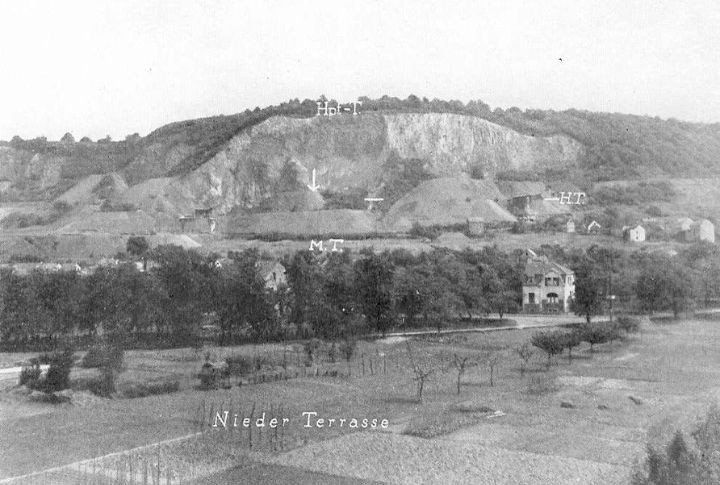
The grave was uncovered during quarrying operations in Bonn-Oberkassel, Germany. Archaeologists found two human skeletons alongside the remains of a puppy, flint blades, and carved bone tools. Radiocarbon dating confirmed its age of 14,000 years, making it the oldest known instance of humans burying a dog with them.
A Puppy That Needed Special Care
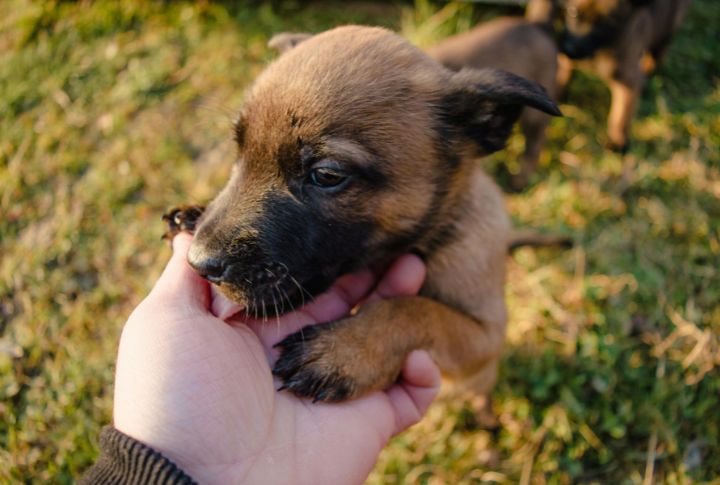
Detailed analysis revealed the puppy suffered from canine distemper, a serious viral disease. It would have required weeks of care to survive as long as it did. This indicates early humans provided food, shelter, and attention to their dogs, treating them as companions rather than mere tools.
The Earliest Intentional Dog Burial
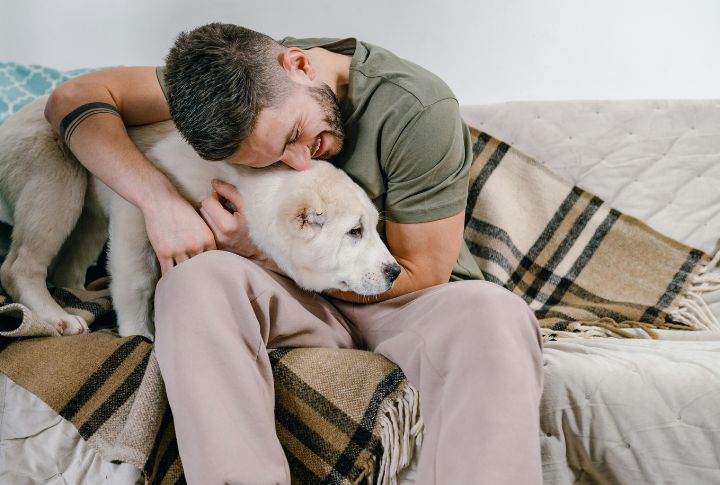
The puppy’s burial alongside humans marks the earliest recorded instance of humans deliberately interring a dog. The evidence demonstrates that the emotional bond between humans and dogs had already begun to shape burial practices thousands of years ago.
Artifacts That Tell a Story
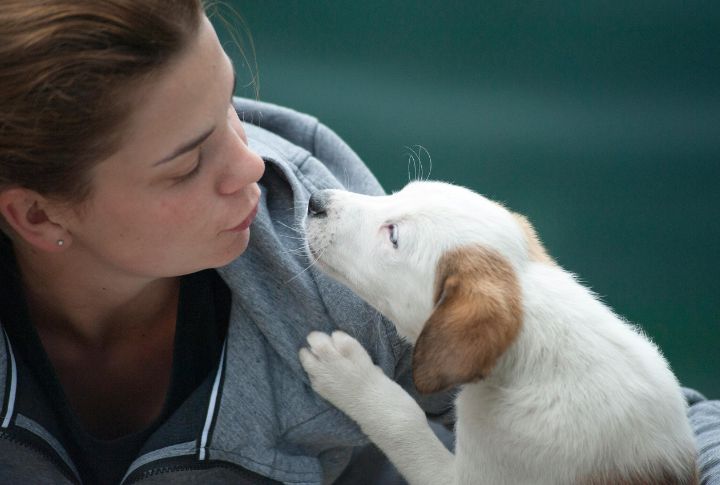
The grave also contained flint tools, carved bones, and decorative items. These artifacts suggest the burial was ceremonial and intentional, reflecting the humans’ cultural practices. The inclusion of such items alongside a puppy highlights the value placed on their relationship with animals.
A Shared Grave: Humans and Dogs Together
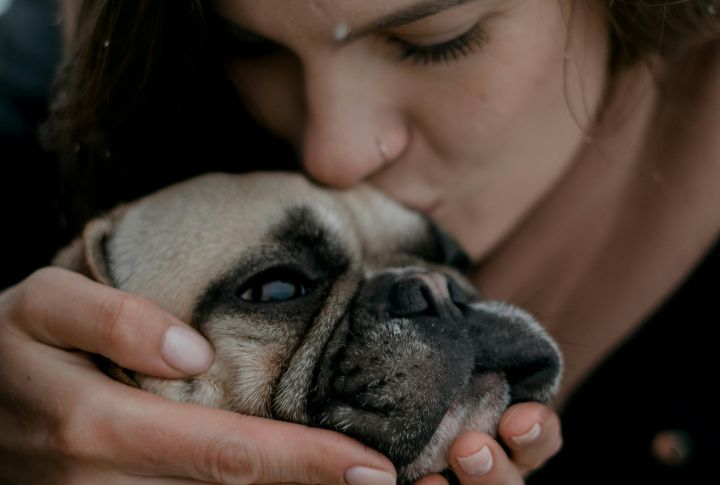
The close proximity of the remains highlights the unique status of dogs in prehistoric communities. Burying the puppy with two humans suggests dogs were seen as integral members of the family, deserving of the same honors in passing.
Evidence of Early Veterinary Practices
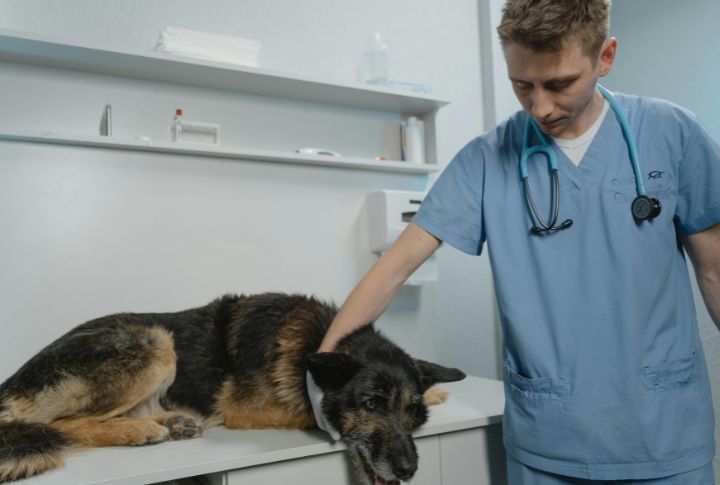
Caring for the sick puppy required basic veterinary knowledge. Early humans would have had to recognize signs of illness, provide rest, and ensure proper feeding. This shows an advanced understanding of animal health for the time and suggests genuine concern for the puppy’s well-being.
A Glimpse Into Spiritual Beliefs
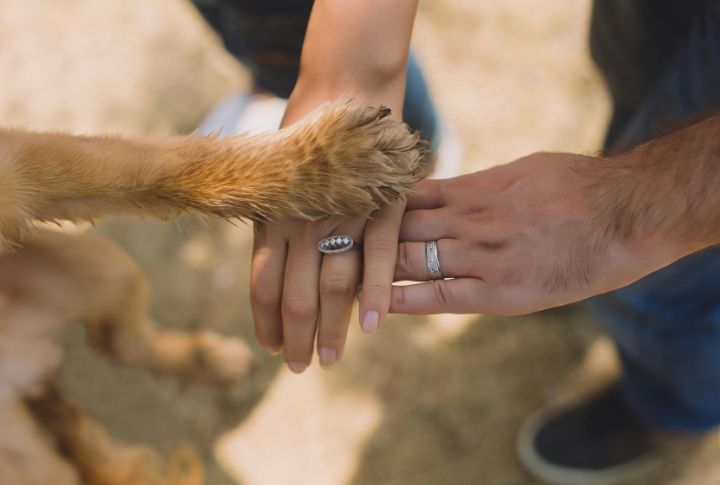
Evidence of a belief in a collective afterlife can be found in the burial arrangement. The inclusion of the puppy suggests humans viewed their bond with dogs as transcending life, reflecting early spiritual or symbolic beliefs surrounding companionship and loyalty.
Insights Into the Domestication Process

This grave provides critical evidence for how domestication evolved. The bond between humans and dogs wasn’t solely based on practicality. Emotional connections and mutual trust were driving forces, paving the way for the domesticated dogs we know today.
The Social Role of Dogs in Prehistory
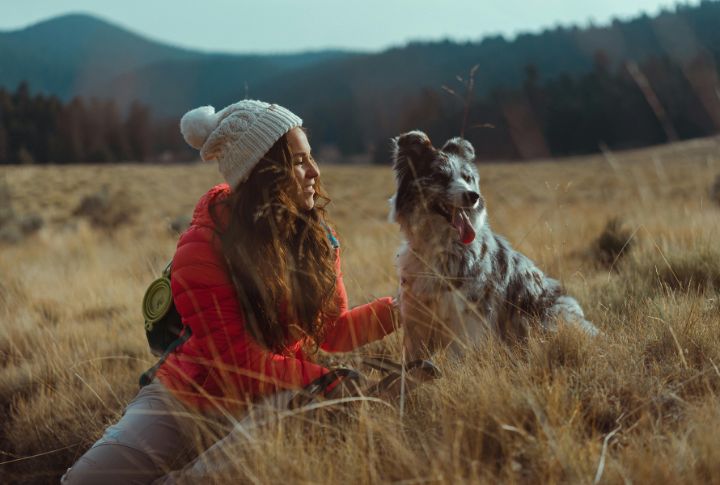
The puppy’s burial points to its importance in the social structure of early human societies. Such an act of compassion reflects broader social values, where nurturing relationships extend beyond humans to animals. Dogs were likely seen as partners, protectors, and emotional companions.
A Legacy That Still Resonates
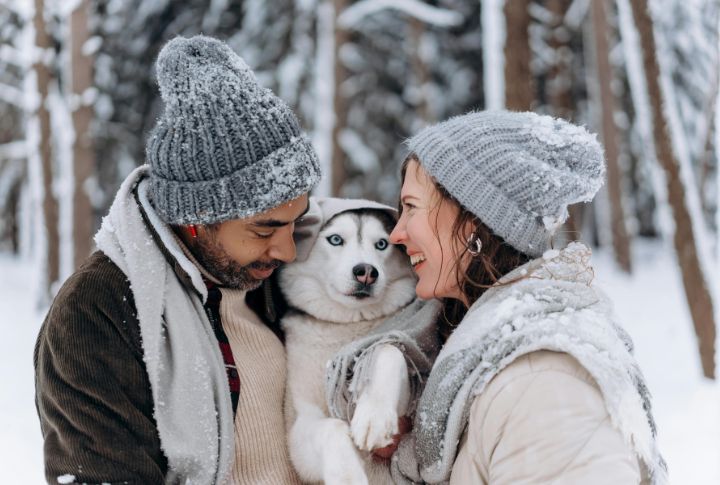
The Bonn-Oberkassel burial highlights a timeless connection. It’s a poignant reminder that the bond between humans and dogs has deep roots. The care shown for a sick puppy thousands of years ago mirrors the love and companionship we continue to share with dogs today.





